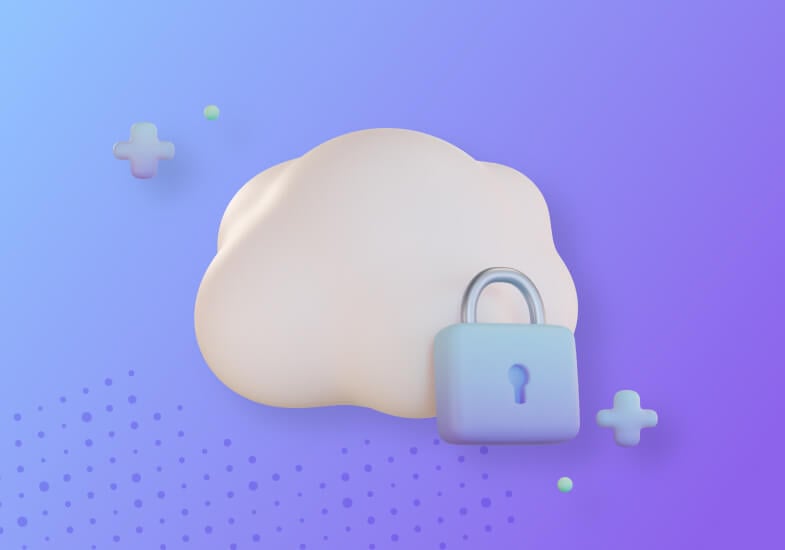
Related Post
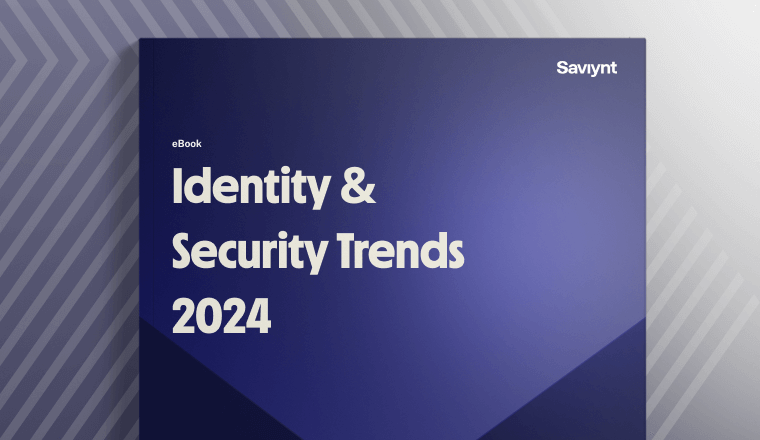
Report
2024 Identity and Security Trends
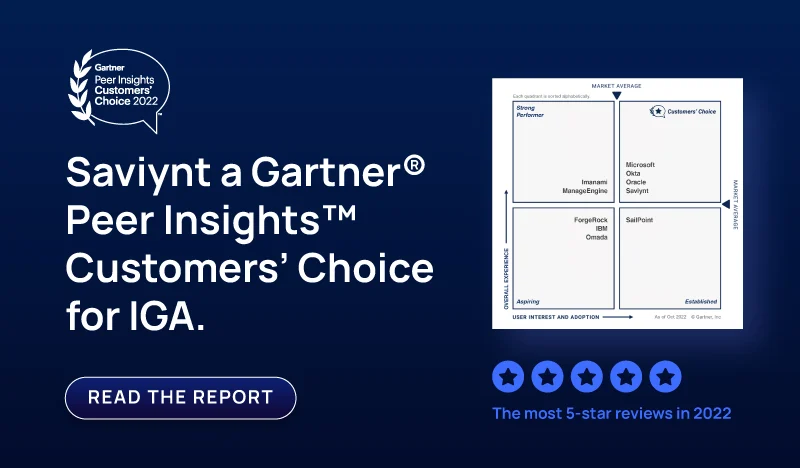
Report
Saviynt a Gartner Peer® Insights Customers Choice for IGA
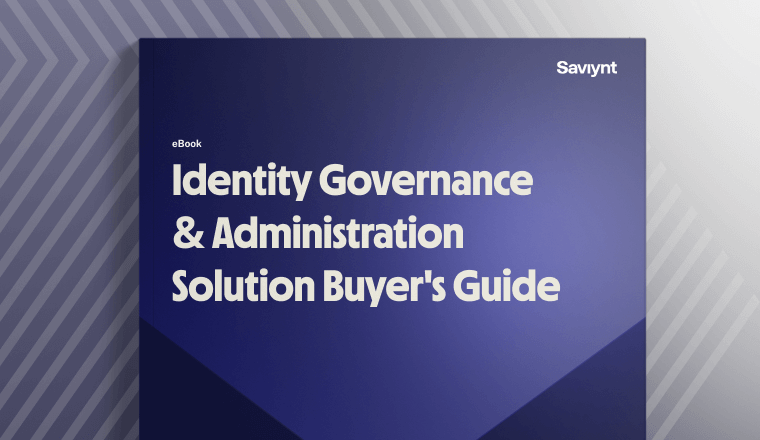
Solution Guide
IGA Buyer's Guide
-1.png)
Solution Guide
PAM Buyers Guide
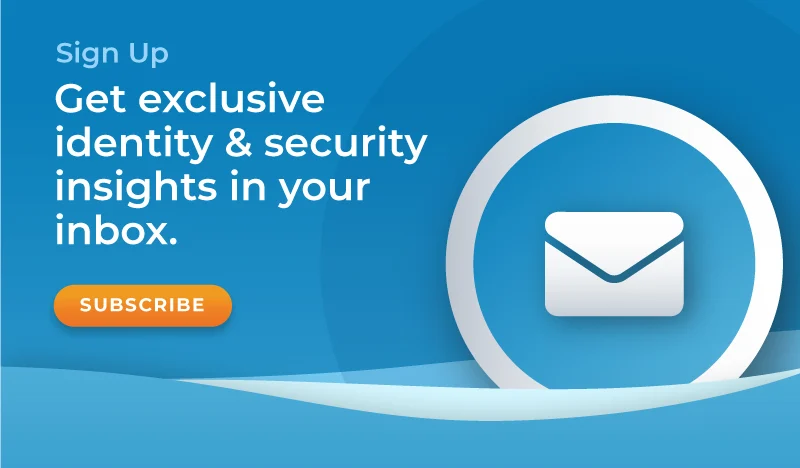
Whitepaper
Use our partner finder to discover your perfect business match.
Tune in for expert-led live demos on how Saviynt’s identity security solutions transform your digital security with actionable insights and best practices.

The last thing anyone wants a healthcare security program to do is hinder patient care. Yet most healthcare organizations end up with multiple point solutions to manage, which complicates operations rather than simplifying them. The more solutions you need to solve a single security challenge, the more money you’ll be spending on licensing fees, training, professional services, and more. And, inefficient operations take more time to manage, slowing access, increasing administrator burnout, and most importantly, leaving organizations and patients vulnerable.
So anything you can do to simplify operations is advisable. That’s why converged identity platforms are catching on in healthcare organizations. Centralizing on a converged platform lets organizations eliminate blind spots, shrink the threat landscape, and streamline processes.
This blog is Part 2 of a 4-part series on how Converged Identity Platforms (CIPs) can support healthcare provider identity security programs. We’ll be discussing the benefits seen by improving operational efficiencies, not only for program administrators, but for end users as well. In Part 1 of the series, we touched on the benefits provided by Empowering the Workforce. Part 3 will cover Protecting Patients, the Workforce and the Organization, while Part 4 will touch on Enabling Compliance.
Healthcare organizations are complex environments. Anything that can be done to simplify processes and access without negatively impacting patient care is a benefit to providers. Converged identity platforms provide numerous opportunities for streamlining operations. The goal of such platforms is to reduce the complexity associated with identity security to improve productivity, execution, and support.
Here are four ways converged identity platforms do just that:
Converged identity platforms allow organizations to take advantage of the benefits of centralization. From a technical standpoint, a converged system is built on a single code base, eliminating the need to continue to integrate various point products. This is a major benefit as integrations are often more complex than they first seem and, depending on the complexity, organizations may need to hire expensive professional services to implement disparate products and provide ongoing maintenance and guidance.
With a converged identity platform, identity security performance characteristics, along with the identities themselves, can be compiled in a single repository. This simplifies management by removing multiple disparate silos usually found in healthcare environments. Centralizing performance analytics also allows for in-depth reviews so it’s easier for organizations to gain a better understanding of program health against key performance indicators (KPIs), allowing for quicker and more accurate decision-making. You get a better idea of how identities are being used and how applications are being accessed while also getting a more holistic view of the threat landscape. Centralizing data also allows the system to better audit regular and privileged access, application use, and more.

Centralization also helps enable “one identity for life,” meaning that each user only needs one identity, even if they leave the organization and come back later or change roles throughout their tenure. For example, if they’re a medical student who also serves in administration or on the front line, their identity goes with them, without the need to create a new identity based on the roles they play.
Converged platforms allow for the ability to centralize management for the security program into a single console/interface, reducing the number of systems administrators need to learn and manage. This lets providers simplify processes, such as access requests and certification campaigns.
Using one interface reduces the need to jump across different systems, speeds decisions, and reduces the potential for human errors or delays in access. With a centralized management system, administrators are also better equipped to identify anomalous activities regarding access, orphaned and mis-assigned identities, and abnormal behavior.
Converged platforms take advantage of simplified administration with low or no code designs that enable robust configuration and limit the amount of customization needed to administer identity security programs. Wizard-based and easily configurable platforms also reduce the need to hire or contract out for expensive coding talent or professional services anytime a change is needed.
One area that notoriously slows down care delivery happens during certification processes and campaigns, which can be tedious and time-consuming. As an example, nursing managers may have hundreds of internal staff and contractors whose access is their responsibility, but are rightly focused on ensuring proper care is being given to patients, not verifying access. Having to individually certify access for reports often results in rubber stamping and excessive access.
Converged identity platforms can group certifications together based on roles and attributes so entitlement owners don’t have to review access individually. They can also deliver automated certification campaigns that provide identity owners recommendations and identify outliers that may have expanded access. These capabilities dramatically speed up the certification process by streamlining the process, ensuring staff focus remains on patient care delivery.
Automation leverages powerful machine learning capabilities to efficiently and effectively improve operations across a security program. Organizations can leverage automation to also identify and prevent damaging separation of duty (SoD) violations that could negatively impact maintaining continuous compliance for a variety of regulations.
It can be used to automate the entire identity lifecycle, approve low-risk requests and activities, recommend entitlements and role updates, and identify orphaned accounts, automatically assigning them to the proper manager or delegate certification if the primary owner isn’t available. To support one identity for life, automation can identify duplicate identities before they are created and consolidate them based on specific criteria.
We sometimes adopt technology for the sake of adopting it. However, properly identifying which technologies best suit our needs, and meet our goals and use cases, is more important than ever in today’s rapidly changing world.
Converged Identity Platforms, like Saviynt Healthcare Identity Cloud (HIC), help streamline overall operations to create better efficiencies without compromising security. Saviynt HIC converges Identity Governance and Administration (IGA), Privileged Access Management (PAM), Application Access Governance (AAG/GRC) and Third-Party Access Governance (TPAG) onto a single platform that centralizes critical identity security program components. For perspective, Saviynt HIC is able to increase application onboarding by up to 70%, saving administrators significant time to work on other projects. HIC can improve operations throughout the organization, not just within the IT department.
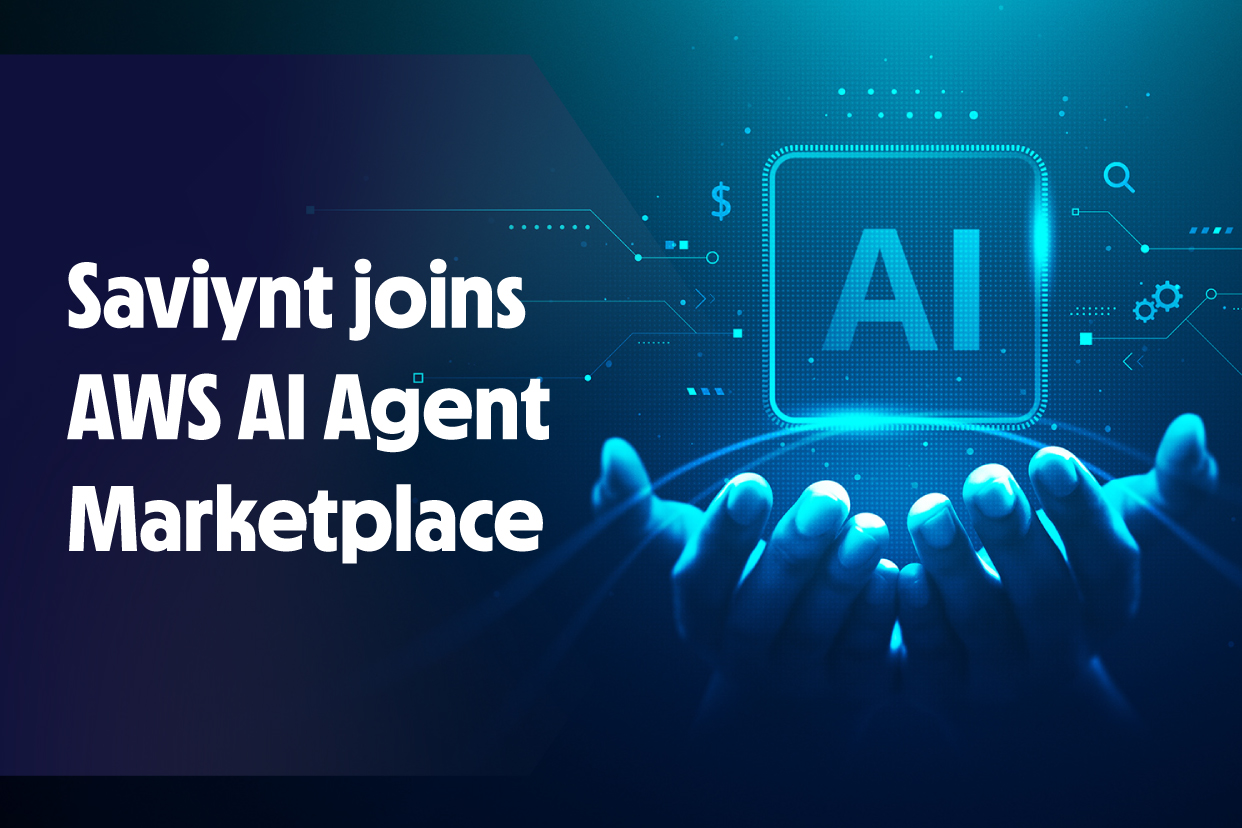
07 / 16 / 2025
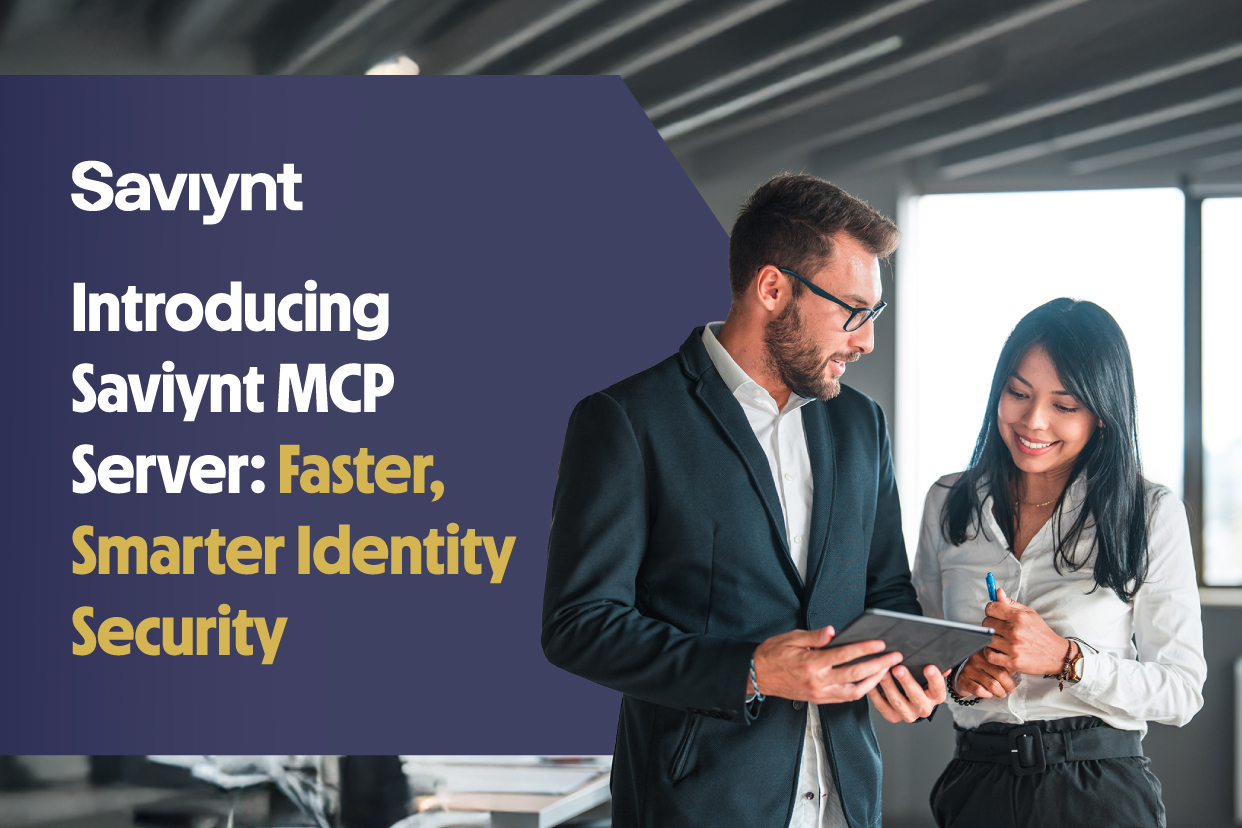


Report

Report

Solution Guide
-1.png)
Solution Guide

Whitepaper